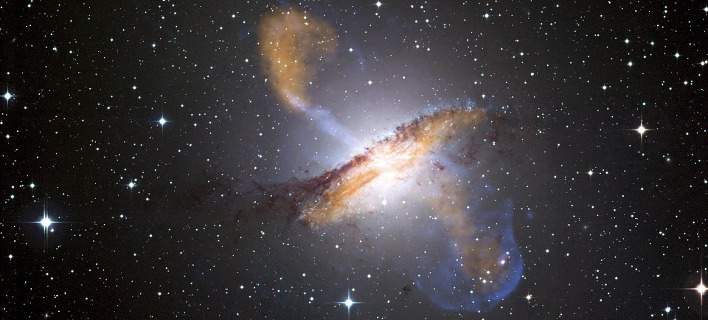European astronomers report the detection of a new extrasolar world several times more massive than Earth. The newly found exoplanet, classified as a so-called “super-Earth,” is circling a nearby star designated GJ 625. The researchers detailed their finding in a paper published May 18
Located only 21 light years away, GJ 625 is about 1/3 the size and mass of the sun. Such stars offer great potential in the search for alien Earth-like worlds, as low-mass rocky planets appear to be more frequent around M-dwarfs. However, finding an Earth-like planet orbiting low-mass stars is difficult due to their stellar activity. This is because signals induced by the rotation of a star can easily mimic those of planetary origin. Therefore, the signals coming from M-dwarfs tend to be comparable to those of rocky planets close to the habitable zone of their stars.
Recently, a team of astronomers led by Alejandro Suarez Mascareño of the Canary Islands Institute of Astrophysics, has completed challenging studies of GJ 625, which began in 2013 and lasted over three and a half years. The observations were conducted with the High Accuracy Radial velocity Planet Searcher for the Northern hemisphere (HARPS-N) spectrograph installed at the Telescopio Nazionale Galileo at the Roque de los Muchachos Observatory on the island of La Palma, Canary Islands, Spain.
The results of radial velocity measurements allowed the team to conclude that GJ 625 b is a small “super-Earth” on the inner edge of the habitable zone and has a mean surface temperature of 350 K that is very dependent on the atmospheric parameters. Moreover, the researchers assume that the newly detected exoworld might potentially host liquid water, but more observations focused on GJ 625 b’s atmosphere are required to confirm this assumption.
source: phys.org





































